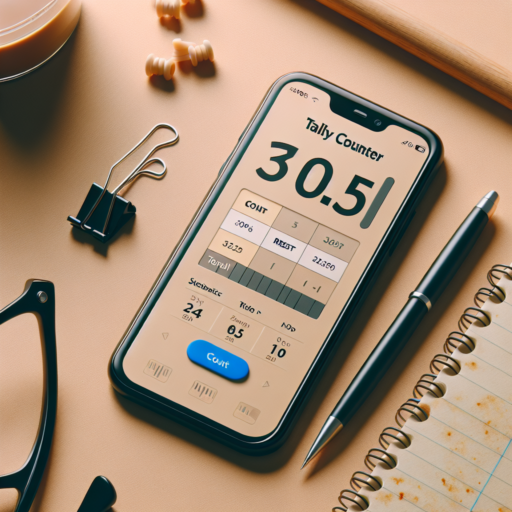No se han encontrado productos.
What is the most accurate heart rate zone calculation?
Understanding the most accurate heart rate zone calculation is crucial for both optimizing your workouts and monitoring your cardiovascular health. The precision of calculating your heart rate zones can greatly affect how effectively you train and track your fitness progress. While there are several methods available, the method that incorporates individual factors such as age, resting heart rate, and maximum heart rate is often considered the most accurate.
One widely recognized approach is the Karvonen Formula, which is tailored to an individual’s specific cardiovascular fitness by acknowledging their resting heart rate. This formula calculates your Heart Rate Reserve (HRR) by subtracting your resting heart rate from your maximum heart rate. The zones are then determined by adding a percentage of your HRR to your resting heart rate. This method tailors the heart rate zones more specifically to the individual, offering a personalized guideline for training intensities.
It’s important to note that accurately determining your maximum heart rate is a key element in this calculation. Although the generic formula of «220 minus your age» is commonly used, undergoing a supervised maximal heart rate test is recommended for more precise results. This precise knowledge of your maximum heart rate when combined with the Karvonen Formula can lead to the most accurate calculation of your heart rate zones.
What is the most accurate maximum HR calculation?
The quest for the most accurate maximum heart rate (HR) calculation has led to various formulas over the years, each with its own merits and context of applicability. While the traditional formula of 220 minus age has been widely used, recent research suggests more sophisticated methods may offer better accuracy for assessing an individual’s true maximum HR.
Refined Formulas and Approaches
Among the leading contenders for accuracy is the Tanaka, Monahan, & Seals formula, which proposes 208 – (0.7 x age) as a more precise calculation. This formula, derived from a 2001 study, has been praised for its broader applicability across different age groups. Additionally, the Gulati formula for women, which suggests 206 minus 88 percent of a woman’s age, provides a gender-specific approach recognizing physiological differences in maximum HR between men and women.
Considering Individual Variability
It’s crucial to acknowledge that even the most sophisticated formula cannot account for all individual variability in maximum HR. Factors such as fitness level, genetics, and health status play a significant role. Therefore, while these formulas offer a starting point, many experts recommend a supervised maximal exercise test for the most accurate measurement. Such tests can accommodate an individual’s specific health profile and provide tailored insights into their unique cardiovascular capacity.
How accurate is 220 minus age?
The formula «220 minus age» has been a traditional quick estimate used for determining an individual’s maximum heart rate, a fundamental number that can guide exercise intensity and fitness plans. However, the accuracy of this formula has been a subject of debate among health professionals and fitness enthusiasts. Although it offers a convenient method to calculate a ballpark figure, the reliability varies significantly among different people due to individual differences in physiology, fitness level, and genetic predispositions.
Several studies have pointed out that the «220 minus age» formula might oversimplify the complexities involved in accurately measuring a person’s maximum heart rate. It does not take into account the variability among individuals, especially for those who are very fit or those who might be older but in exceptional physical condition. Thus, while it provides an easy-to-remember estimate, relying solely on this formula for precise heart rate targets may not be advisable for everyone.
Moreover, advancements in technology and research have led to the development of more accurate methodologies for measuring maximum heart rate, including stress tests conducted under professional supervision. These methods consider a wider range of factors, offering personalized results. Therefore, while the «220 minus age» formula can serve as a starting point, individuals looking for accuracy are encouraged to explore further evaluations tailored to their specific health and fitness profiles.
Which is the most accurate heart rate?
When discussing the most accurate way to measure heart rate, it’s essential to consider the various methods available and their precision levels. Two primary means stand out: electrocardiography (ECG) and optical heart rate sensors found in many smart wearables. ECG, a method used in medical settings, involves sensors attached to the skin to detect electrical signals generated by the heart. It’s widely regarded as the gold standard for heart rate accuracy. On the other hand, optical heart rate monitoring, although less invasive and more convenient for daily wear, uses LED lights to track blood flow and may sometimes be impacted by external factors like movement and temperature.
Diving deeper into the precision of these methods, ECG monitors measure the electrical activity of the heart and are capable of providing detailed insights beyond mere heart rate, including rhythm and the presence of any abnormalities. This makes ECG-based devices especially valuable for medical diagnostics and for individuals with heart conditions who require consistent, accurate heart rate monitoring. Optical sensors, in contrast, offer a practical alternative for fitness enthusiasts and the general public. They provide a good approximation of heart rate, suitable for tracking trends over time and adjusting workout intensity.
However, it’s important to note that not all devices are created equal. The accuracy of optical heart rate sensors can vary significantly between different brands and models. Factors influencing this include the quality of the sensor, the algorithm used to interpret the data, and how well the device stays in place during vigorous activity. For individuals prioritizing accuracy, investing in a high-quality, reputable brand known for its precise measurements is crucial. In the realm of ECG monitors, although generally reliable, professional installation and periodic calibration may be necessary to ensure ongoing accuracy.




